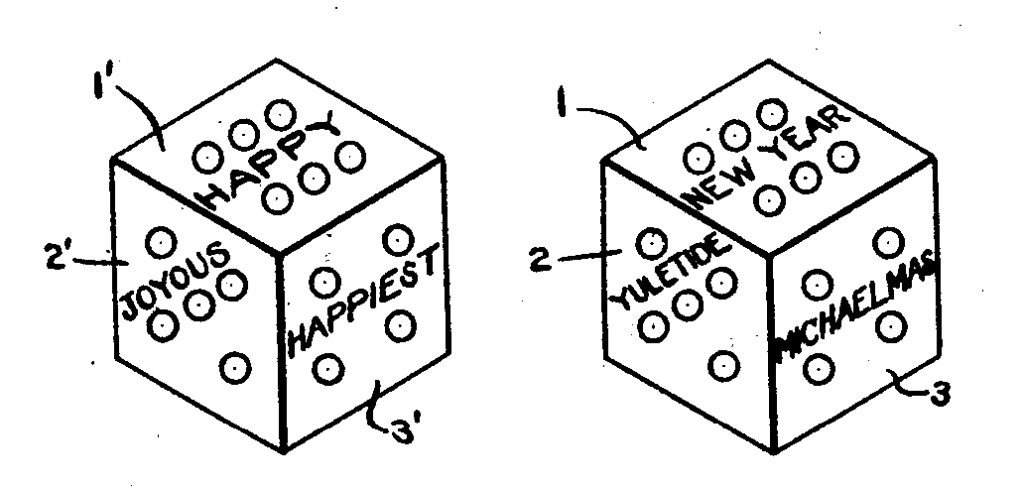In SSI Technologies, LLC v, Dongguan Zhengyang Electronic Mechanical Ltd., [2021-2345, 2022-1039] (February 13, 2023) the Federal Circuit affirmed in part, reversed in part, vacated in part, and remanded the district court’s grant of summary judgment to DZEM on SSI’s infringement
claims, dismissal of DZEM’s invalidity counterclaims, and granted summary judgment to SSI on the tortious interference counterclaim.
SSI has asserted U.S. Patent Nos. 8,733,153 and 9,535,038, generally directed to sensors for determining the characteristics of fluid in a container, such as a fuel tank.against DZEM. this case.
The dispute in the district court regarding the ’153 patent turned mainly on the limitation in claim 1 that recites a controller configured to determine whether a contaminant exists in the
fluid based on the temperature of the fluid, a time period from when the sound wave is produced to when the echo is detected, and at least one of the group of a) whether a measured volume is out of range and b) a dilution of the fluid is detected while the measured volume of the fluid decreases. The district court construed the second item of the Markush group in that limitation, “a dilution of the fluid is detected while the measured volume of the fluid decreases,” to require that the contaminant determination actually consider the measured volume of the fluid. This construction was based upon the district court’s determination that amendments to the claim during prosecution was designed to incorporate the error-detection capability recited in the specification.
The Federal Circuit agreed with the district court, noting that the language “measured volume” in the claim requires that the volume of the liquid in the tank must be determined and considered as part of the contamination analysis recited in claim 1. The Court pointed out that a claim construction that gives meaning to all the terms of the claim is preferred over
one that does not do so. Thus the Federal Circuit affirmed summary judgment of non-infringement as to the ‘153 patent.
With respect to the ’038 patent, the dispute in the district court turned mainly on the district court’s construction of the term “filter” and its application of that construction in its infringement analysis. The district court adopted DZEM’s proposed construction of “filter,”
construing the term to mean “a porous structure defining openings, and configured to remove impurities larger than said openings from a liquid or gas passing through the
structure.” Since the DZEM device had a non-porous cover, the court found no infringement.
The Federal Circuit disagreed with the district court construction of filter. The Court said that the specification of the ’038 patent contains no requirement regarding the size of the filter openings. The Federal Circuit conceded that each embodiment disclosed in the ’038 patent contains a mesh filter, which has very small openings, but stated that the scope of a claim is not ordinarily limited to preferred embodiments or specific examples in the specification. The Court said that while the specific embodiments of the filters disclosed in the ’038 patent specification contain small holes, the general references to a “filter” in the specification are quite broad and do not reflect an intent to limit the term “filter” to the disclosed embodiments. In particular the reference to use of the mesh was limited to “some embodiments.” The Federal Circuit concluded that as long as the openings in the filter are small enough to prevent at least some gas bubbles from entering the sensing area, the openings need
not be smaller than any particular maximum size.
In light of this construction, the Federal Circuit vacated the grant of summary judgment of the ‘038 patent in its entirety, and remanded for further proceedings.
On the grant of summary judgment to SSI on DZEM’s tortious interference
counterclaim, the Federal Circuit said that in order to assert a claim “that a patent
holder has engaged in wrongful conduct by asserting claims of patent infringement,” the plaintiff “must establish that the claims of infringement were objectively baseless.” The Federal Circuit said that the district court held that SSI’s infringement claims were not objectively baseless, and that it discerned no error in that conclusion, pointing to SSI’s expert report regarding infringement as evidence that the suit was not objectively baseless. The Court said that the existence of an expert opinion can be evidence that a party’s position is not unreasonable, even if there is conflicting expert testimony in the record. DZEM was required to establish by clear and convincing evidence that SSI’s infringement suit was objectively baseless, but it failed to introduce any evidence of objective baselessness. Thus, the Federal Circuit affirmed the district court’s grant of summary
judgment to SSI on the tortious interference counterclaim.

